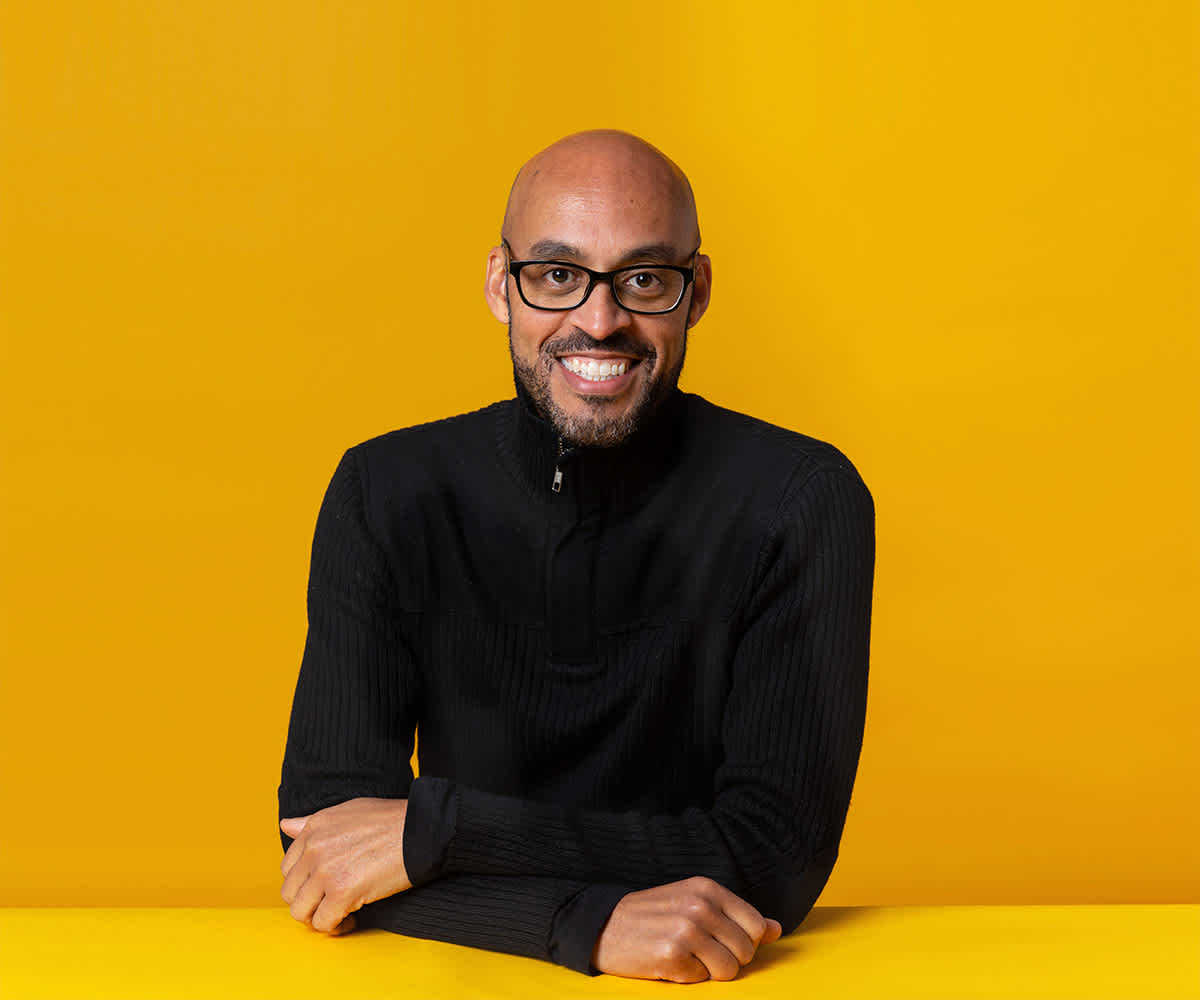Our model for building digital projects, whether it’s for clients, in joint ventures or our own IP, is deeply collaborative. This is in line with Agile, Lean, Scrum, XP, and all the other contemporary approaches to building products that we take inspiration from. And it all starts with the people – teams that work well together make better products and get them to market faster.
With own IP, we are the masters of our own destiny. In this context we have full control over how we work, and it provides a great forum to experiment wildly with new ideas.
Joint ventures provide the opportunity to heavily influence the ways of working. Having an aligned way of working is one of the key filtering criteria for choosing a partner with whom we’d decide to go to market together.
For client work, we seek like-minded people, but often we have to meet them half-way when they have not adopted the deeply collaborative approach that we prefer. Fortunately, the hudl team at Tesco was willing and ready to deeply collaborate. Nevertheless, one of the big challenges was to create a “one team” ethos that stretched across 4 organisations, at 4 locations: Tesco, ustwo, Novoda and The Chase. When product teams stretch across organisational boundaries, it’s imperative to melt the boundaries and create a single team focused on the product's success. With the hudl, we eschewed exchanging information using piles of documentation in favour of as much face-to-face time as possible. This helped with building a team culture and moving quickly while staying in sync. 
That said, each company had its own culture, and nobody wanted to abandon their home space for months at a time. Of course, Tesco was the client and could have requested that the “suppliers” re-located to the Tesco space. Much to their credit, they saw us all as equal partners and gave us the space to come to an arrangement that suited everyone. We decided to rotate locating in each other’s spaces, intensively at first, to build relationships with each other. Slowly, we reduced face-to-face time and replaced it partially with tools like Google Hangout and instant messaging tools, like HipChat. In hindsight, those initial times of physically working side-by-side allowed for effective use of technology later to maintain the bonds that had already been formed. Even with the use of technology, we still worked together in the same location no less than 1 or 2 days per week.
In comparison to client projects where we’re unable to collaborate as deeply as we’d like, we were able to move quicker, make decisions faster, reduce miscommunication, resolve misunderstandings faster, and develop deeper personal relationships.
Deep collaboration is a central pillar of our approach to all our work, and it was gratifying to see it work so well in getting an excellent product to market with the hudl.
